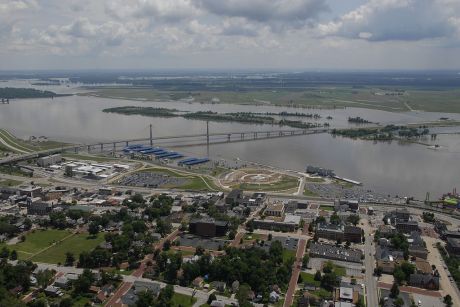
Prior EU-funded projects have identified Earth observation (EO) services that support intelligence, early warning and crisis management operations to keep citizens as safe as possible. An EU initiative is developing and enhancing these services in order to become fully operational.
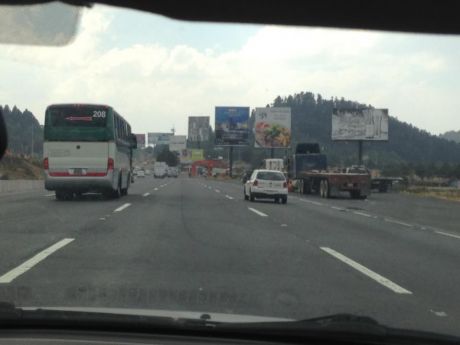
An EU study developed procedures for evaluating vehicle pedestrian-detection safety systems. The project integrated existing protocols with innovative measures, also supplying data needed for decision-making algorithms and injury evaluation.

A European project is developing a platform to assess threats and vulnerabilities affecting Air Traffic Management (ATM) and to manage the European network. For this purpose prototypes will be developed and validated in an ATM environment.

Crime scene (CS) techniques for various forensic identification scenarios need to be optimised and harmonised for widespread application by European scientific police units. An EU initiative introduced a set of novel CS methods, protocols and tools that deliver accurate and trustworthy results anywhere in Europe.
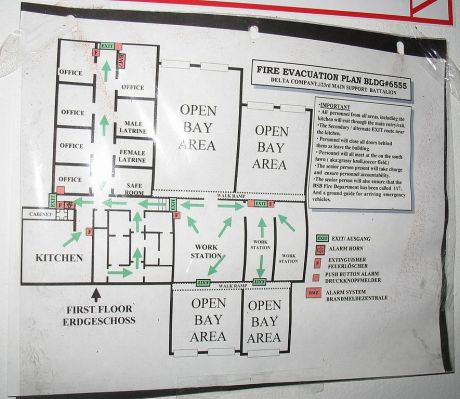
An EU group is developing a system to manage crisis evacuations of public spaces. Having created a network of sensors and crowd behaviour algorithms, further development and testing will yield decision-making tools that relay the best exit paths.
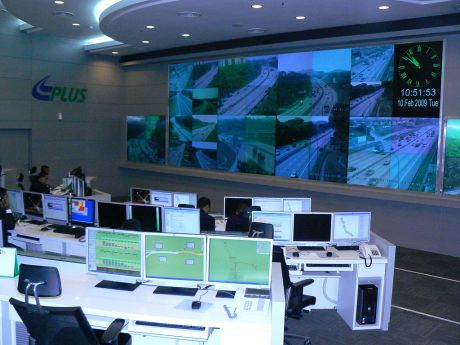
An EU team is examining civil rights related to surveillance, focusing on accountability and privacy. The research has started on a framework and management tool, and prepared for upcoming demonstrations.

Crime scene (CS) techniques for various forensic identification scenarios need to be optimised and harmonised for widespread application by European scientific police units. An EU initiative introduced a set of novel CS methods, protocols and tools that deliver accurate and trustworthy results anywhere in Europe.
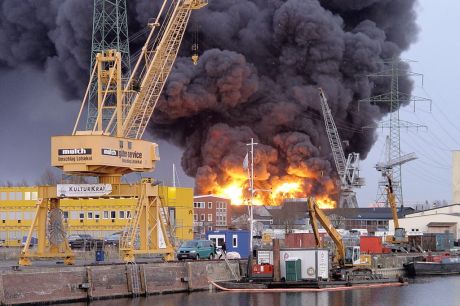
An EU team is developing an information system enabling public involvement in emergency response. To date, the team has identified users and established requirements, leading to design and testing of prototype crowd sourcing tools.
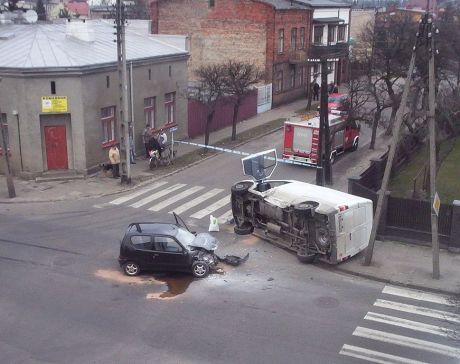
With Europe aiming for zero road deaths, road safety research can play a key role in this ambitious goal. An EU initiative delivered a roadmap that sets clear priorities for road safety research, and helped to improve networking among all relevant stakeholders.
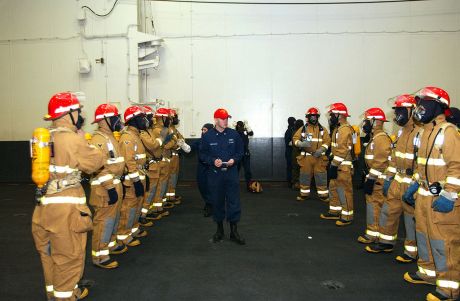
New highly flexible production methodologies and processes to customize safety shoes, work wear and sportswear for elderly, diabetic, overweight and lower able people. Development of new integrated sensors and software systems able to monitor interactively health parameters at work and during sports activities
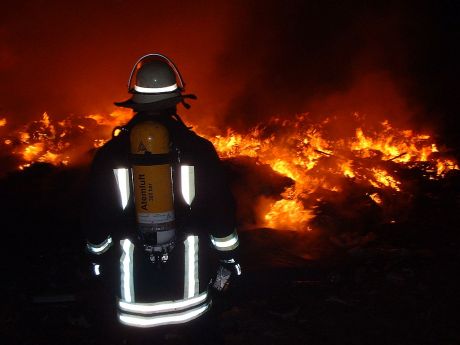
An EU team is developing an interface for the various communication technologies of Europe's many crisis response services. The proposed system allows interoperability, and the team has so far produced a prototype architecture.

The aerospace industry is actively pursuing research to decrease operating costs while increasing safety and sustainability. Novel non-contact structural health monitoring based on embedded strain-sensitive magnetic wires addresses all issues cost effectively.
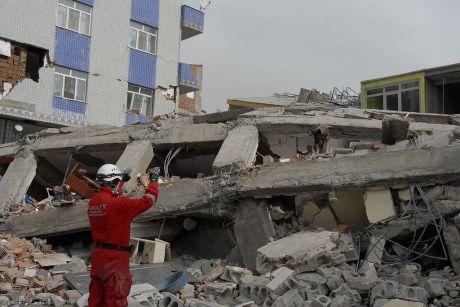
Mathematical models that predict the structural stability of buildings during earthquakes are critical to better designs and earthquake management. New methods to more accurately evaluate inherent uncertainties in models will aid engineers and policymakers.

New security solutions are under development to minimise or eliminate malicious threats to on-board ship reporting systems.
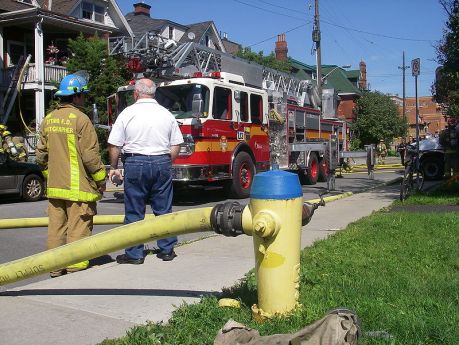
Natural disasters and pandemics call for the involvement of local communities and companies in cooperation with response teams. An EU initiative has developed an online tool to exchange knowledge and best practices in crisis communication and to enhance public preparedness and response.
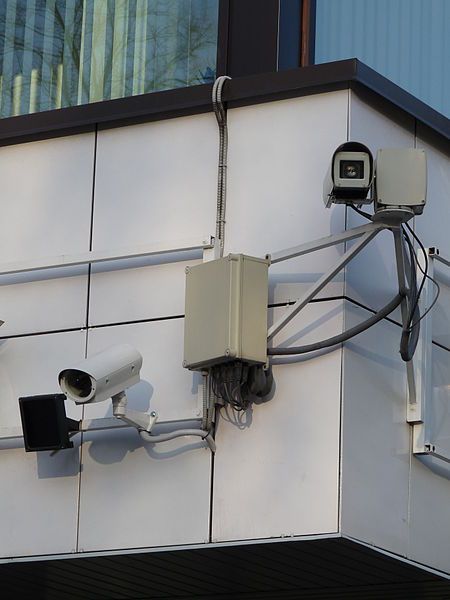
Surveillance systems play an important role in providing safety and security by helping to tackle crime and terrorism. A recent EU-funded project worked to ensure this doesn't come at the expense of privacy.
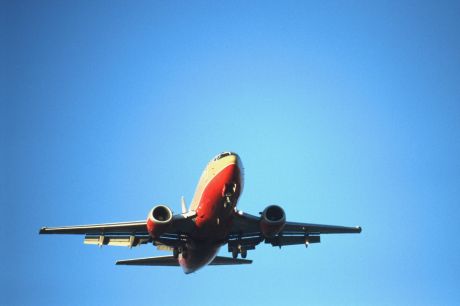
The return on investment for inspection and maintenance technologies for the aerospace sector is among the highest of any area of the economy. New inspection and self-healing technologies will have major impact on competitiveness and safety.

An EU team is developing systems for detecting atmospheric conditions that cause aircraft icing. Work includes the selection of suitable probes, instruments and detection systems, plus their installation on aircraft for flight testing.
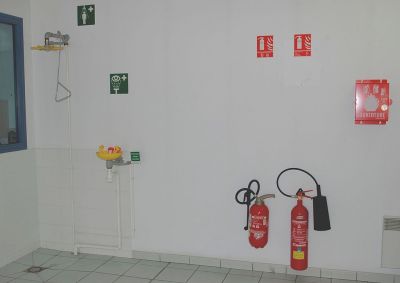
An EU team plans to help integrate total safety management (TSM) into general business operation. Results to date include new sets of software tools for management, intended to streamline the integration.
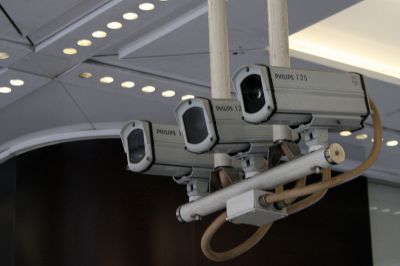
By combining visual feeds from video cameras with data from different kinds of sensors, new security systems can upgrade the safety of critical infrastructure. An EU initiative has developed cutting-edge technology to help prevent vandalism, pre-empt terrorism, control costs and save lives.

A global collaboration has collected information on and developed strategies for global risk-based management of harmful chemicals and additives.

An EU team created a list of requirements for new technologies able to protect buildings from terrorist threats. Produced from simulated threat scenarios, the results guided development of new antiterrorism products.

Efforts have been made to improve resilience to terrorist attacks and safety incidents in passenger stations and terminals via technologies that assess risks.
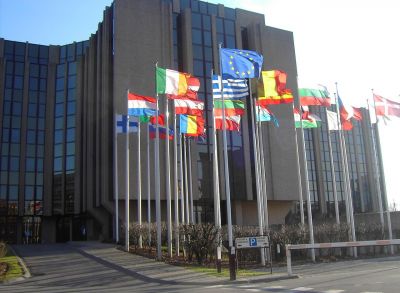
Natural and man-made threats in Europe need more proactive measures to ensure a more peaceful and secure society for its citizens.

Creating a 'house' of security for major events in Europe has helped unify policing approaches, enhancing safety and security during events across the continent.
























